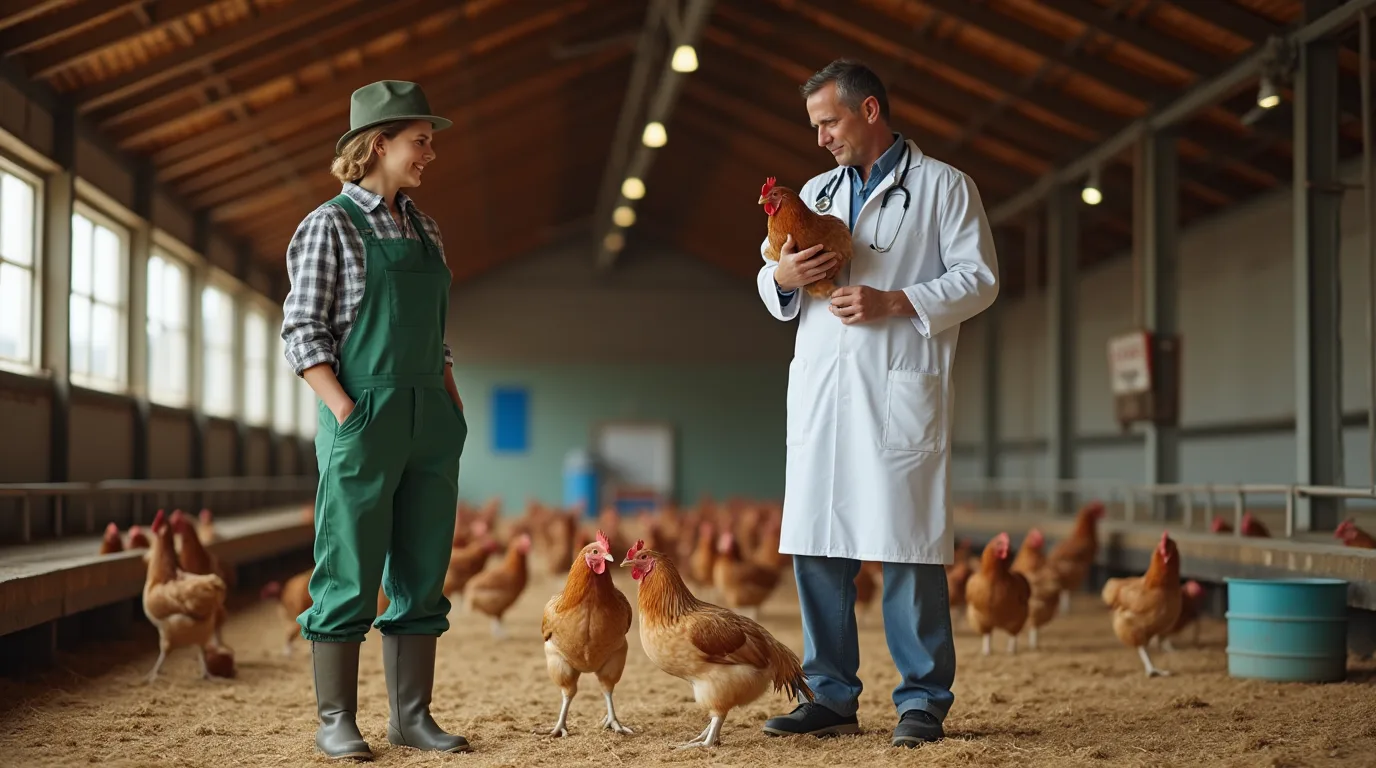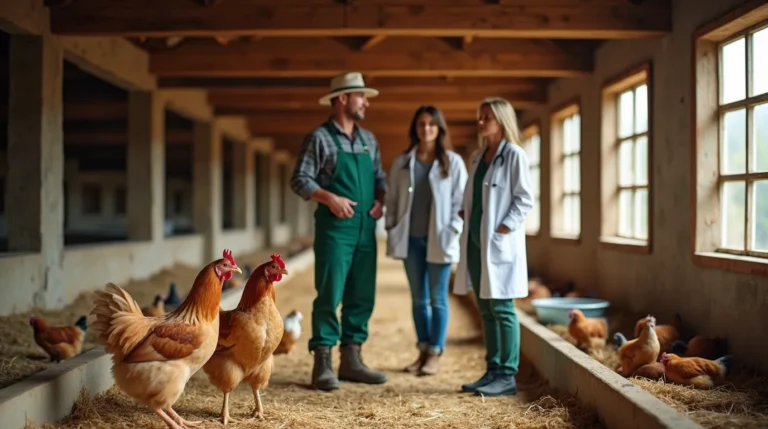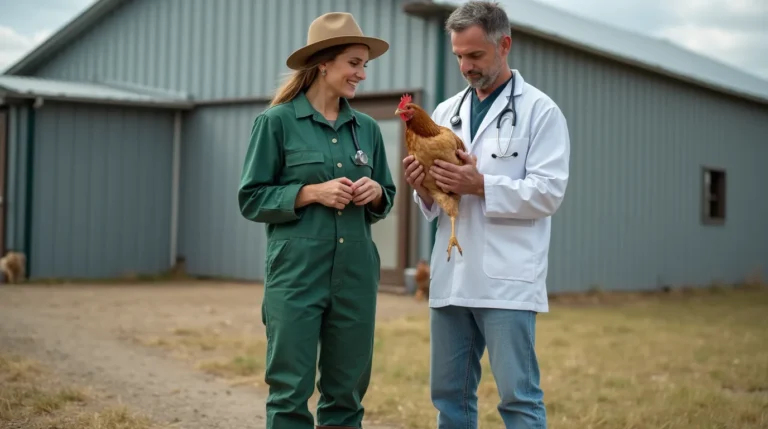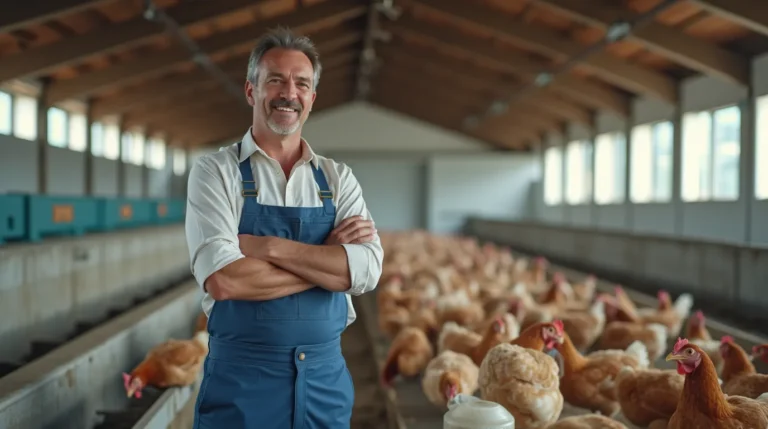Protect your poultry from toxoplasmosis: Learn the 5 critical transmission routes and proven prevention strategies for healthy, thriving chicken flocks.
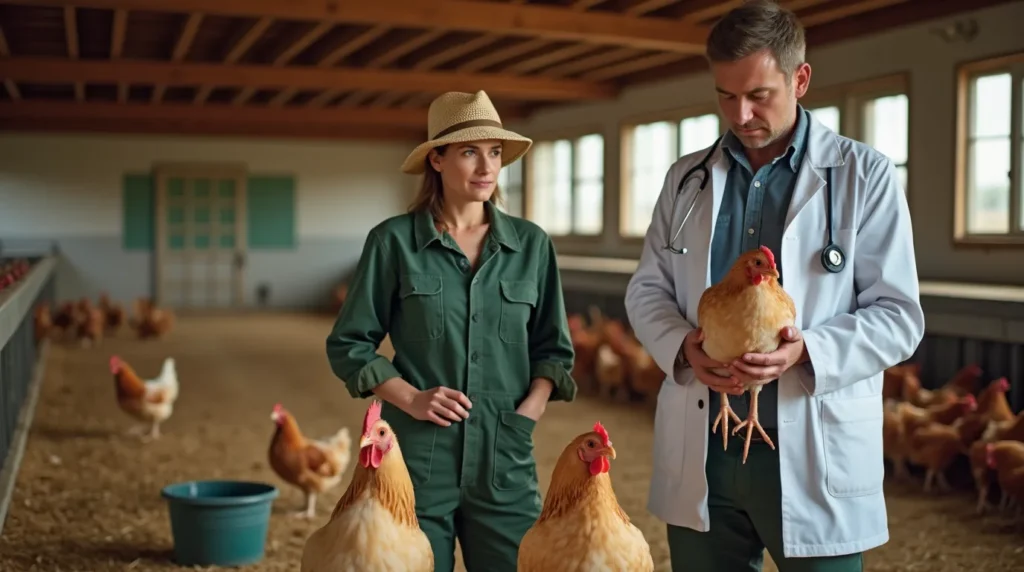
Table of Contents
Toxoplasmosis is a silent threat that can devastate poultry operations, causing significant economic losses and compromising bird health. This comprehensive guide delves deep into the world of toxoplasmosis in poultry, exposing its transmission mechanisms and providing actionable prevention strategies for both professional farmers and small-scale poultry enthusiasts.
The Toxoplasma gondii parasite is more than just a minor concern—it’s a complex biological challenge that requires understanding, vigilance, and strategic management. By the end of this article, you’ll be equipped with the knowledge to protect your feathered friends from this potentially devastating infection.
Understanding Toxoplasmosis in Poultry
What is Toxoplasmosis?
Toxoplasmosis is a parasitic disease caused by Toxoplasma gondii, a protozoan parasite that can infect virtually all warm-blooded animals, including poultry. Unlike some infections that primarily affect a single species, this parasite demonstrates remarkable adaptability across different hosts.
Key Characteristics:
- Microscopic parasite
- Capable of surviving in various environmental conditions
- Primarily spread through contaminated sources
- Can cause significant reproductive and health issues in poultry
5 Critical Transmission Routes of Toxoplasmosis in Poultry
1. Feline Fecal Contamination
Cats are the definitive hosts for Toxoplasma gondii, meaning they play a crucial role in the parasite’s life cycle. When cats infected with the parasite defecate near poultry areas, they can spread oocysts that contaminate:
- Feed supplies
- Water sources
- Ground surfaces
- Nesting areas
2. Contaminated Soil and Ground Environments
Soil serves as a significant reservoir for Toxoplasma gondii oocysts. Poultry can become infected through:
- Scratching and pecking in contaminated ground
- Direct contact with infected soil
- Consuming insects or small organisms that have been in contact with contaminated soil
3. Rodent and Small Prey Transmission
Chickens are natural foragers, and their hunting instincts can inadvertently expose them to toxoplasmosis through:
- Consuming infected mice
- Eating infected insects
- Interacting with small mammals carrying the parasite
4. Contaminated Water Sources
Water can be a hidden transmission route for toxoplasmosis. Risks include:
- Stagnant water sources
- Shared water troughs
- Surface water contaminated by wildlife or domestic cats
5. Feed and Nutritional Contamination
Improperly stored or exposed feed can become a breeding ground for Toxoplasma gondii:
- Open feed storage
- Feeds exposed to wildlife
- Inadequate feed protection mechanisms
Preventing Toxoplasmosis: Comprehensive Strategies
Biosecurity Measures
- Cat Management
- Limit cat access to poultry areas
- Implement strict feline population control
- Regular veterinary check-ups for cats
- Environmental Control
- Maintain clean, dry living spaces
- Regularly rotate grazing areas
- Implement proper waste management
- Feed and Water Protection
- Use covered feed storage
- Implement elevated, protected water systems
- Regular cleaning and disinfection protocols
Diagnostic and Monitoring Techniques
Identifying Toxoplasmosis in Poultry
Clinical Signs:
- Reduced egg production
- Increased mortality rates
- Reproductive complications
- Weakened immune response
Diagnostic Methods:
- Serological testing
- PCR analysis
- Veterinary clinical examination
Recommended Amazon Products for Poultry Farming
- Poultry Disinfectant Spray
- Elevated Feeder and Waterer Set
- Rodent-Proof Feed Storage Container
- Professional Veterinary Diagnostic Kit
Frequently Asked Questions (FAQ)
Q1: Can humans contract toxoplasmosis from infected poultry? A: While possible, proper cooking and hygiene significantly reduce transmission risks.
Q2: How often should I test my flock for toxoplasmosis? A: Recommended annual testing, with more frequent checks in high-risk environments.
Q3: Are certain poultry breeds more susceptible? A: Vulnerability varies, but younger and immunocompromised birds face higher risks.
Conclusion
Protecting your poultry from toxoplasmosis requires a multifaceted approach combining knowledge, vigilance, and proactive management. By understanding transmission routes and implementing comprehensive prevention strategies, you can safeguard your flock’s health and productivity.
Your Turn!
- What are your best tips for raising healthy poultry?
- Share your experiences in the comments below!
Expert Recommendations
For more in-depth poultry care guides and expert recommendations, visit BlithePet your trusted resource for comprehensive animal health information.

